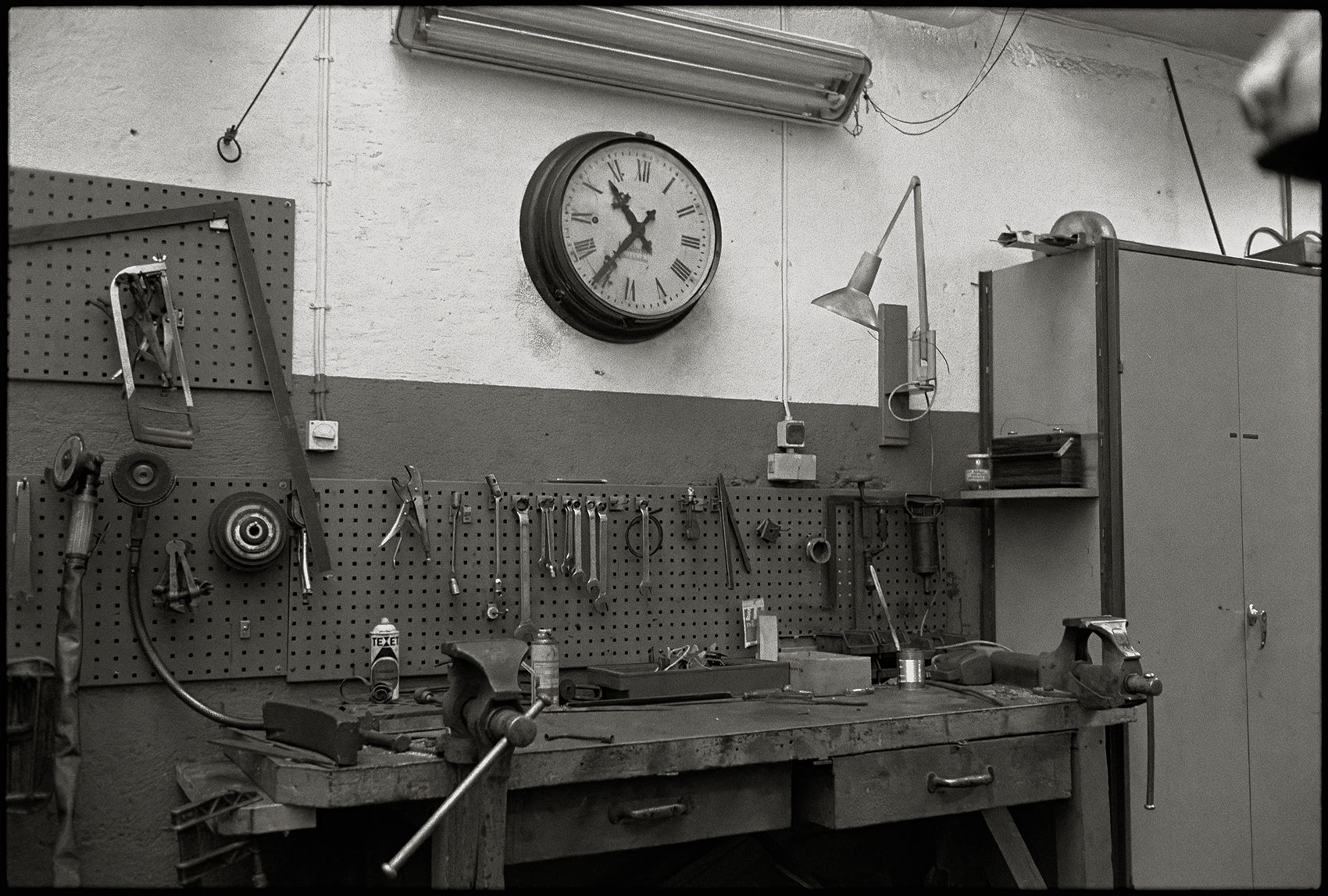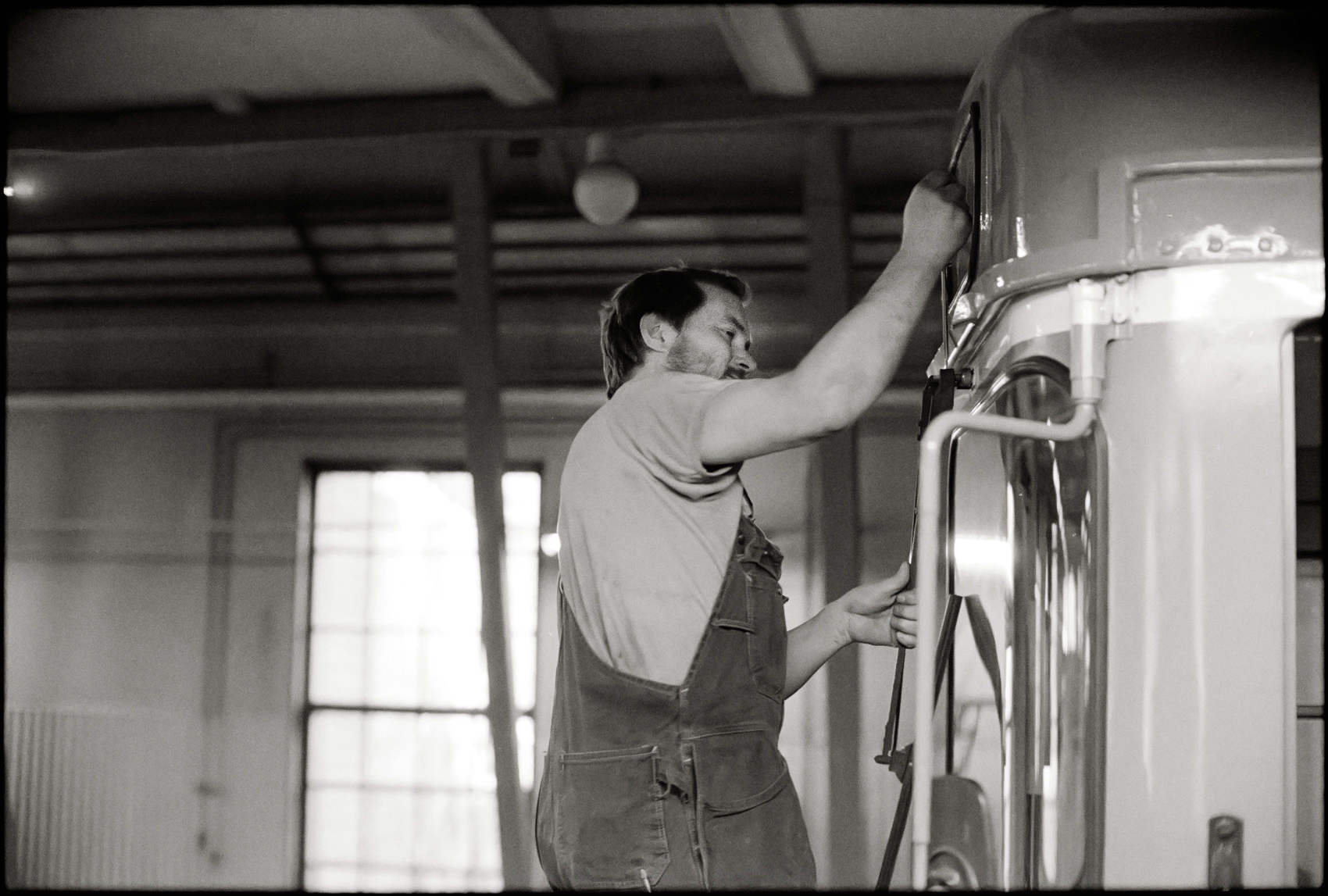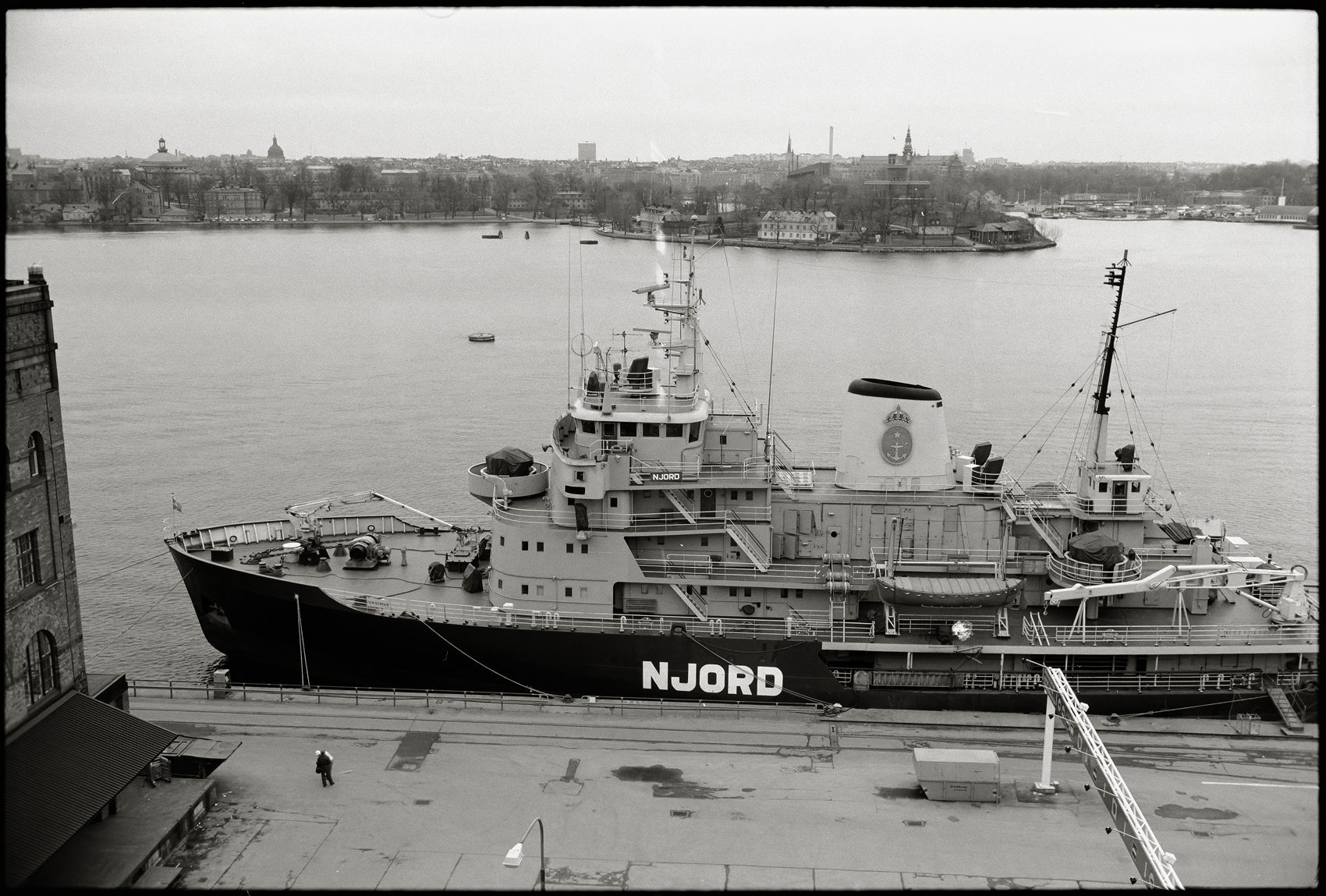|
I am very pleased
with the VALOI Easy35 device making it easy to scan negatives. It is a fantastic complement to my darkroom set up to scan negatives of any size.
I also notice that despite having light outside of the exposed negative coming in - I have NO issues with lighter borders. That was surprising. Perhaps this was earlier caused due to reflection in the black metal, which caused some irregularities in density right at the border of the negatives.
So, right now - I get totally EVEN illuminated digital copies from my negatives (see images below) - with a thin black frame around. (Earlier the black metal masks I used - coming from my enlarger - didn't allow any black borders around the image / negative).
The process is very speedy. Albeit I feel that the extra utility with a brush - didn't really make much difference (i think). You have to remove dust manually from your negatives... Or perhaps it does make a difference, but there will still be plenty of dust left (sometimes), while other times you see very little. I guess it depends on how often a negative stripe was used earlier (collecting dust particles every time you dealt with it in the past)
Sharpness appears very even from corner to corner - and that is a wonderful thing. I use ƒ10 with my macro lens on a 30 MP camera.
Now I am independent from darkrooms
and can deploy my Canon EOS R + Sigma ART 70mm f 2.8 Macro lens together with the VALOI, in any environment. Light from outside will not interfere with scanning the images. And as I already mentioned - I don't need to be in the darkroom, where Sal is sleeping during night time. I can scan images at any time, anywhere.
Revival of Leica M6 images (1990)
I kind of like that the VALOI focuses only on 35mm film. It doesn't take 120-film medium format film. Yet - I like that it makes me focus on just 35mm film negatives - which I often neglect a bit. All those Leica M6 films i have taken - in the thousands - are about to get scanned...
Images from my time as a conductor and train driver back in 1987 - 1992 at the local Saltsjöbanan Railway are coming to the fore. Some of them are pretty interesting (portrait, situations etc). I did pretty well with the Leica - I must say. As if it enabled my spirit to see beyond my limited view - watching my surrounding differently, and a bit deeper - more focused - especially on the people. Which now, 34 years later, become more interesting. It also is more fun & interesting to scan all those !!
A fact is, that i literally avoided to deal with the images from that time. As strange as it sounds. However, now I find them increasingly interesting. They are from a different era - even from the perspective of Swedish railway.
Following images were taken with the Kodak T-MAX 3200 (at ISO 1000)

View inside the old Saltsjöbanan repair hall at Neglinge Station - 11 km outside of Stockholm, in Feb 1990.

Repair guy working on the trains at Neglinge Station - Feb 1990.

Icebreaker NJORD [Wikipedia] in Stockholm City, which was in service until year 2000 - Photo made March 1990.
Polar Star Expeditions
was a specialty adventure cruise company owned by Karlsen Shipping Company Ltd. out of Halifax, Nova Scotia, Canada. In 2001, Polar Star began operating a single expedition cruise ship, MV Polar Star, a 87-metre (284 ft) converted Swedish icebreaker with 105 berths. The company conducted cruises mainly in the northern and southern polar and sub-polar regions.
In 2010, its only vessel lost one of its engines and had to operate part of that season on the remaining functional engine. In January 2011, the vessel suffered serious grounding damage in the Antarctic, which led to the failure of the parent company.
Fleet and operational history
MV Polar Star was built at the Wärtsilä Helsinki Shipyard in Finland in 1969 and originally served in the Swedish Maritime Administration's fleet of icebreakers under the name of Njord. The vessel is Class Ice 1A, 86.5 metres (283 ft 10 in) long with a 21.2 m (69 ft 7 in) beam, a 6.2 m (20 ft 4 in) draft; and 3,500 gross tonnage (GT); with a cruising speed of 11 knots (20 km/h; 13 mph).
She was sold by the Swedish Government in 2000.
The new owner and parent company of Polar Star Expeditions was Karlsen Shipping Co. Ltd., a family business founded in Norway in the 1800s that expanded to Canada in 1940 and became a Canadian-based company.
Polar Star was founded to conduct cruises in the northern and southern polar and sub-polar regions. It also chartered with Cheesemans' Ecology Safaris. The vessel was registered in Sweden by Karlsen Sg Norway A/S.
|

